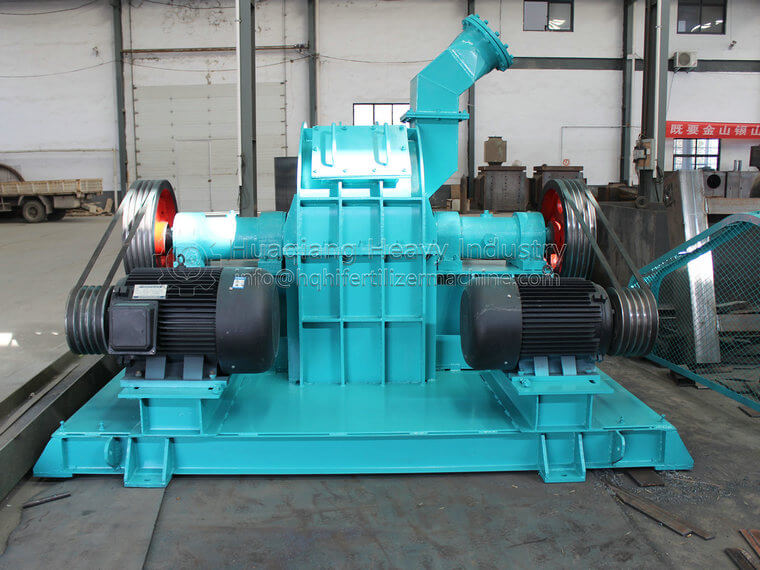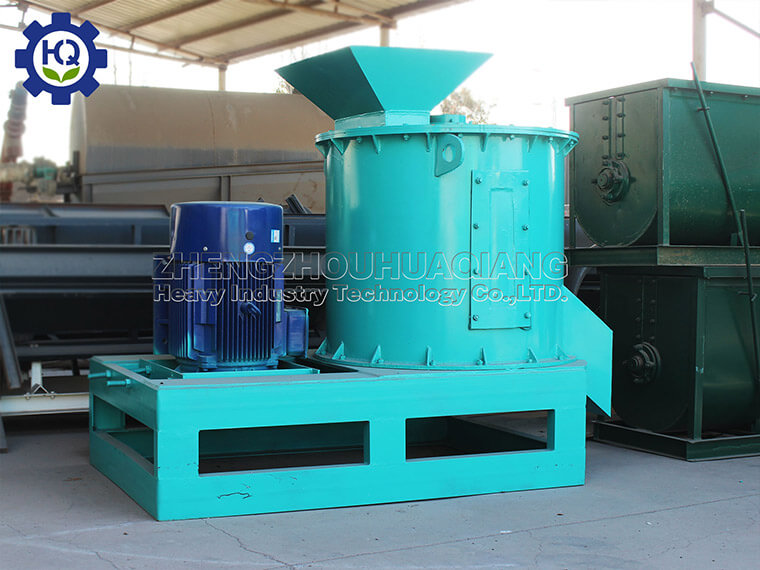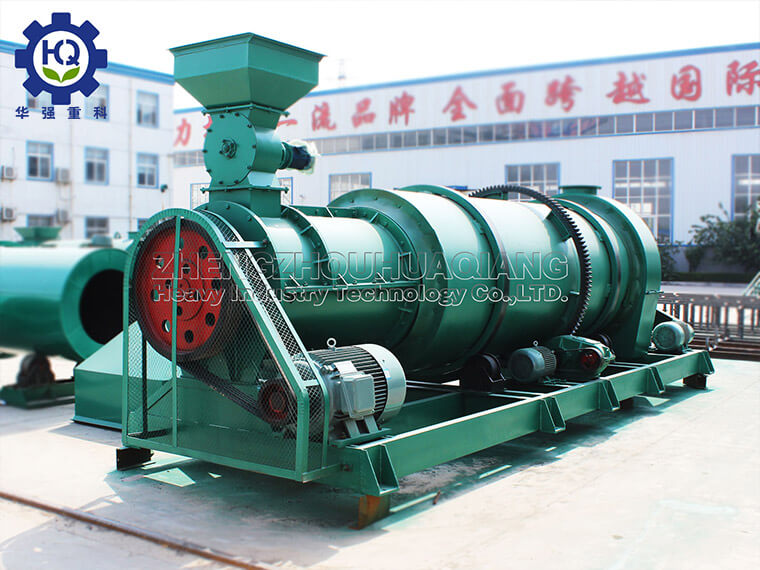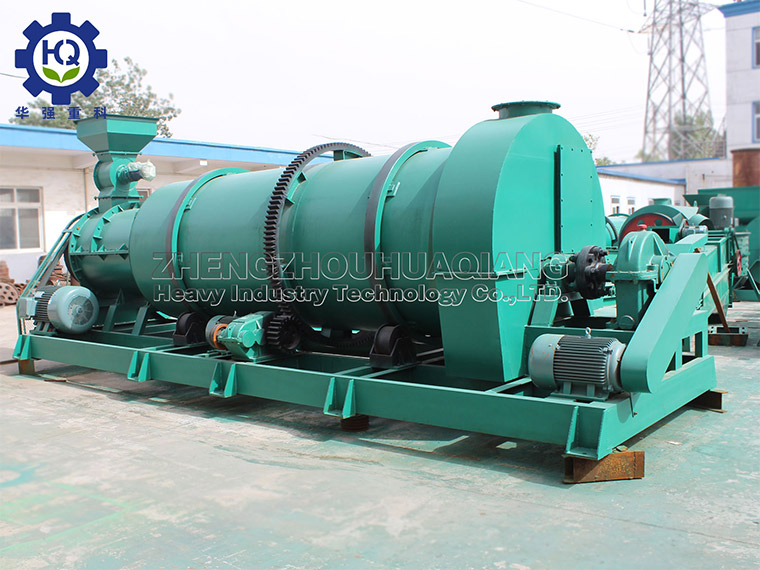Choosing a suitable pulverizer for NPK fertilizer production line requires comprehensive consideration of material characteristics, production line requirements, cost budget, and maintenance convenience. Here are some key considerations to help you make a reasonable choice:
Material characteristics:
Hardness: The hardness of the material directly affects the difficulty of crushing and equipment wear. Materials with excessively high hardness require the selection of crushers with good wear resistance, such as roller crushers.
Humidity: Materials with high humidity may adhere during the crushing process, affecting the crushing effect and equipment performance. Cage crushers and chain crushers are usually better at handling materials with high humidity.
Particle size requirement: The particle size required for the final product determines the choice of crusher. For production with finer particle size requirements, toothed disc or vibrating screen crushers may be more suitable.
throughput:
Based on the expected output of the NPK fertilizer production line, select the specifications and models of the crusher to ensure that its processing capacity can meet production needs and avoid equipment overload or overcapacity.
Energy consumption and cost:
Consider the energy consumption and operating costs of the equipment, including electricity consumption, maintenance costs, and frequency of spare parts replacement. Choose equipment with high energy efficiency and low maintenance costs.
Ease of operation and maintenance:
Choose equipment that is easy to operate and maintain. A grinder that is easy to clean and replace vulnerable parts can reduce downtime and maintenance costs.
Safety and Environmental Protection:
Ensure that the equipment design complies with safety standards, such as dust and explosion prevention measures. At the same time, considering the noise and dust emissions of the equipment, choose models that meet environmental requirements.
Supplier evaluation:
Choose suppliers with good market reputation and after-sales service to ensure the quality of equipment and long-term technical support.
On site testing:
If possible, conduct on-site machine testing or request suppliers to provide sample crushing tests to visually understand the performance and effectiveness of the equipment.
Based on the above considerations, combined with specific production needs and conditions, it is possible to more accurately select the crusher suitable for the NPK fertilizer production line, ensuring the efficient and stable operation of the production line. In the decision-making process, it is recommended to consult industry experts or equipment suppliers for professional advice and technical support.
.jpg)


.jpg)
.jpg)



.jpg)